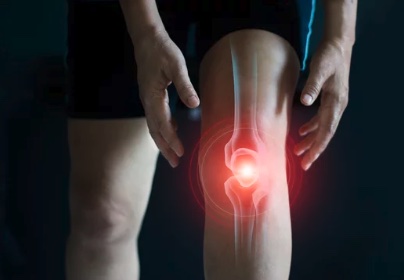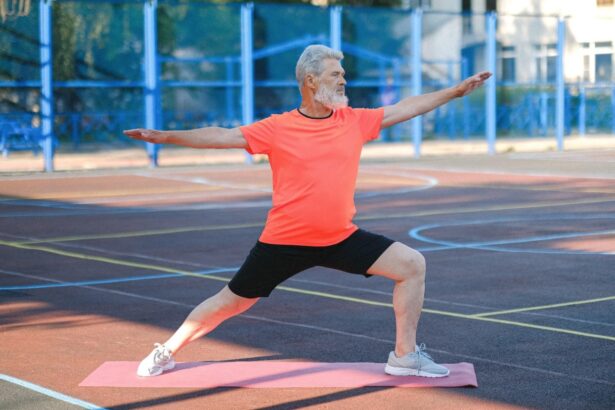
Your knee joint is made up of the femur (thigh bone) on the tibia (shin bone) with the patella (kneecap) gliding over the end of the femur. When your knee is bent, the under surface of your kneecap (patella) lies in an area known as the trochlear groove. Your patella glides up and down the trochlear groove, as if on a track which is important because your patella serves as a fulcrum to increase the overall strength and efficiency of your quadriceps muscles in your thigh.
A patella dislocation forces your kneecap out of this groove and severe dislocations can cause tearing of the ligaments that hold the patella in place on the trochlea.
Causes of a patella dislocation or instability
A kneecap dislocation can occur when your knee is straight, and the lower leg is bent outward while twisting, such as when playing a sport that requires a fast change in direction. A patella dislocation can also occur when your knee is bent, and the patella is hit, such as in an accident or during a fall. In some patients however, underlying knee abnormalities can also cause their patella to dislocate, even with very little force.
Signs that you have dislocated your kneecap
A patella dislocation is extremely painful and is often accompanied by stiffness, swelling and obvious visual distortion to the knee. The pain will usually remain acute until the kneecap is relocated (reduced) back to its original anatomical position in the trochlear groove.
Other common symptoms include:
- A popping sound is heard at the time of injury or dislocation
- Feeling your knee give way or buckle
- Pain along the inside ligaments which continues even after relocation
- Knee Instability in the knee joint
- Locking or catching sensation which may be from loose bodies in the knee
Diagnosing a patella dislocation
A dislocated kneecap can sometimes correct itself however, you should always seek urgent medical help even if it has gone back into position as a dislocation can also cause damage to surrounding ligaments and tendons. You will be treated as a medical emergency and Dr Singh (or a specialist in the emergency department at the hospital) will manipulate your kneecap back into place, normally under anaesthetic. Once your kneecap is back in position you may be given an X-ray to check that the bones are correctly aligned and to rule out any further damage.
Treating a patella dislocation/instability
A patella dislocation requires an immediate relocation which may need to be performed under local or general anaesthetic. Once your kneecap has been put back into place, you will need to rest the knee and use ice, compression, and elevation to control the swelling. You will normally need crutches or a knee brace while your knee is healing, and physiotherapy will help to strengthen the muscles and regain movement in the knee. For patients experiencing recurrent kneecap dislocation, you may be offered surgery such as medial patellofemoral ligament reconstruction to tighten the muscles or reconstruct the inside ligaments.
These treatment options can all be discussed in your consultation with Dr Singh.
 Christmas Operating Hours
Christmas Operating Hours 


















